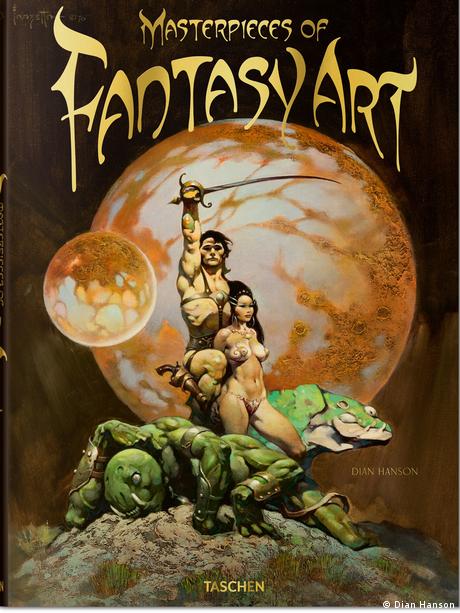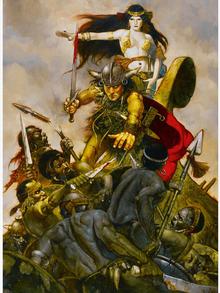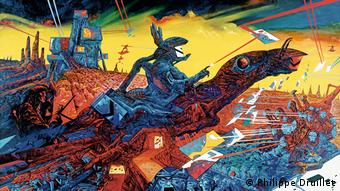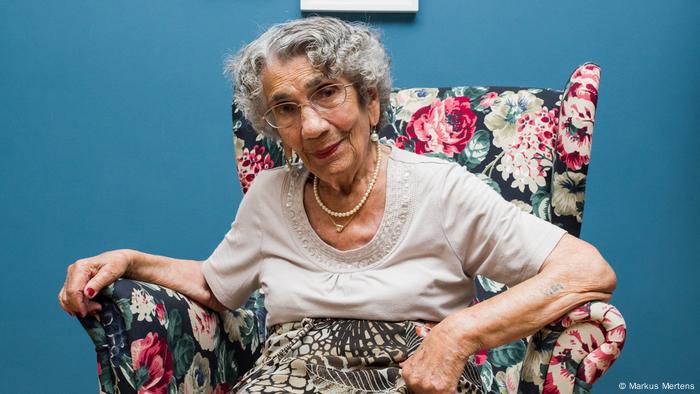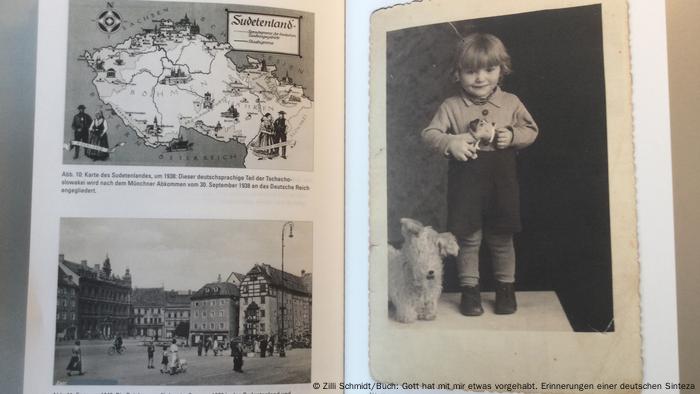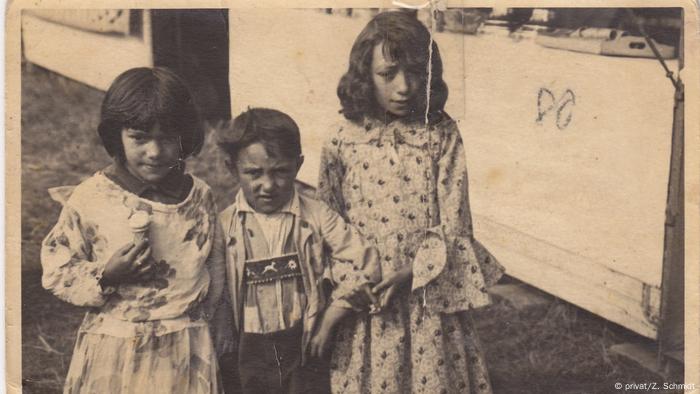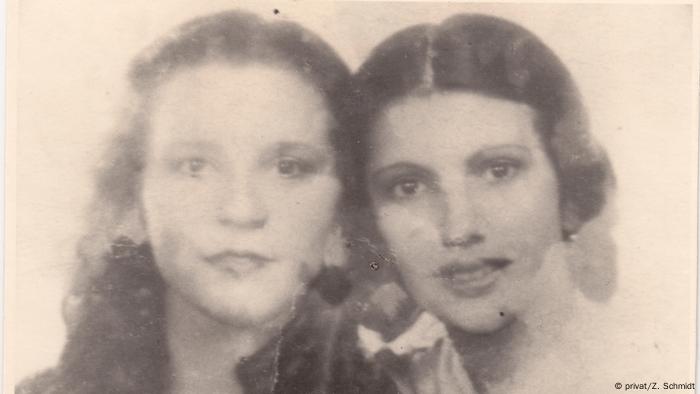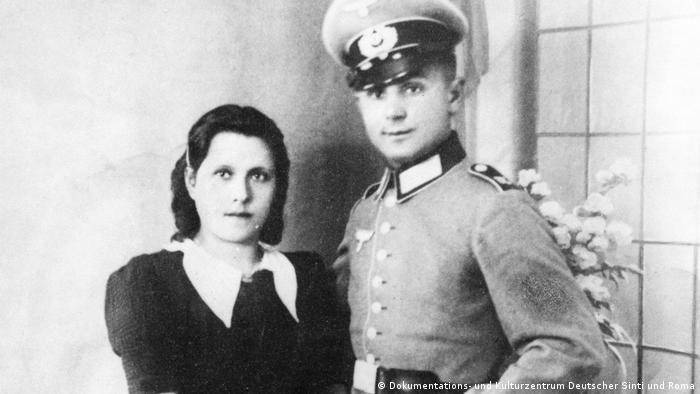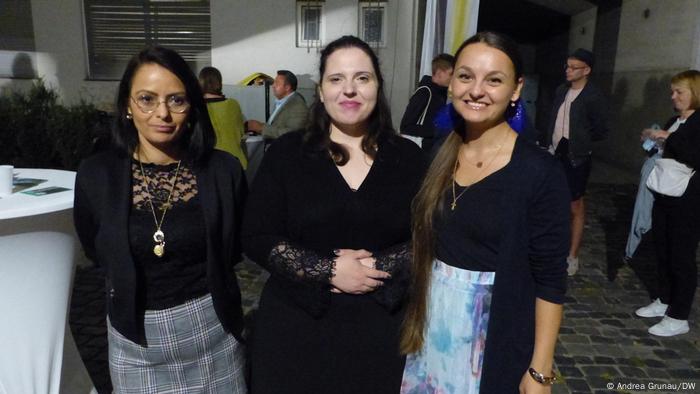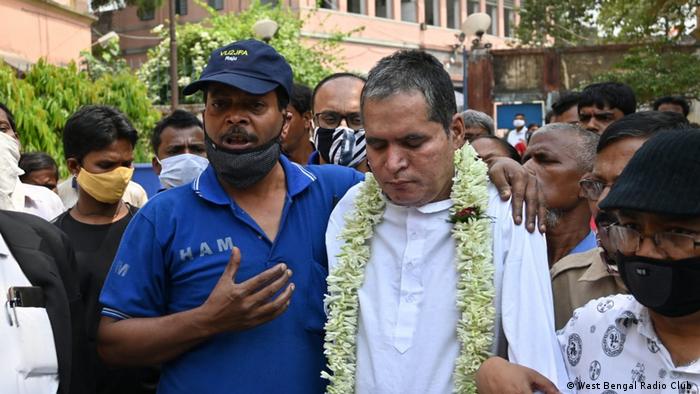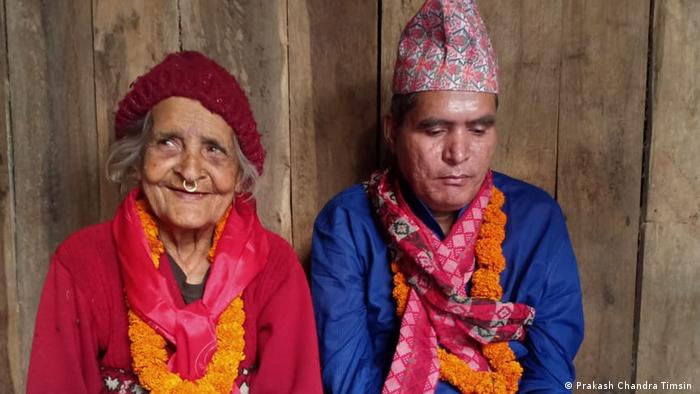Twenty-five barbary macaques have broken out of their enclosure in southwestern Germany. Police suspect that their escape was enabled by construction work

Macaques are considered timid; though this one looks aggressive, he's just yawning
Twenty-five Barbary macaques escaped from a zoo in the German town of Löffingen on Thursday for several hours.
The troop of monkeys were first spotted roaming around a local neighborhood. Zoo employees then tried to capture the macaques, but according to police they initially escaped and their handlers then lost sight of the group.
By early evening on Thursday, the runaway primates were located and secured.
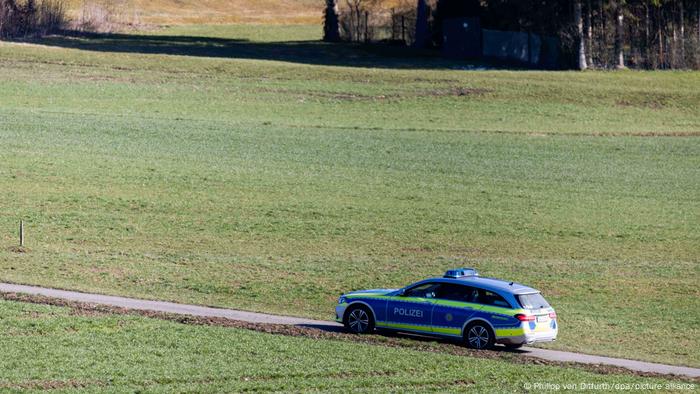
Police searched for the escaped monkeys, who were rounded up by Thursday evening
"The animals apparently took advantage of the nice weather and spent the afternoon on the edge of a forest near the zoo," police said.
Construction work near the zoo might have enabled the apes to find an escape route out of the enclosed compound, police said in a statement.
Native to North Africa, the ginger-furred toddler-size macaques are typically harmless, timid and fearful of humans, according to the Barbary Macaque Awareness & Conservation NGO.
Police in the southwestern state of Baden-Württemberg had warned passersby not to try to feed or catch the macaques, as that could intimidate them or prompt them to lash out.

